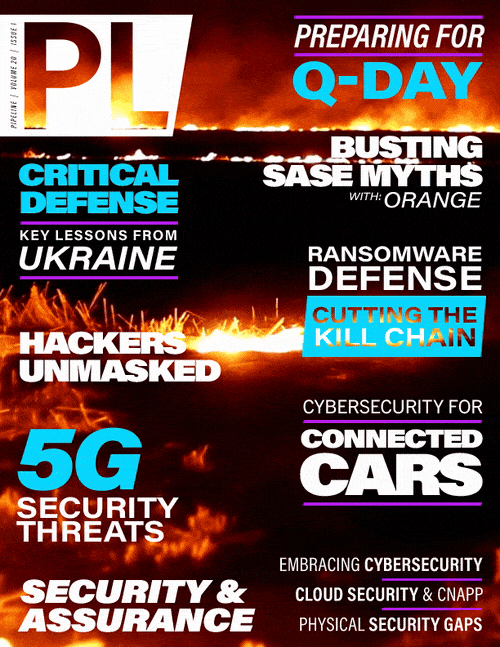Balancing Data Privacy and Cybersecurity
in Modern Connected Vehicles
By: Sumit Chahaun

In an era where technology relentlessly pushes the boundaries of innovation, vehicles have evolved from mere modes of transportation into sophisticated data hubs on wheels. This transformation is particularly evident in the case of connected vehicles, which seamlessly harness advanced technology to access, store, and transmit data via the Internet. While these advancements undoubtedly enhance vehicle performance and security, they also give rise to a host of challenges, primarily concerning data security and safeguarding user privacy.
The Intersection of Data Utilization & Data Privacy
Connected vehicles have changed the way we interact with our cars. As these vehicles communicate with the outside world through a multitude of sensors, they continuously generate vast amounts of data for bettering vehicle performance and security. While this data is very often comprised of vehicular information, it also encompasses personal and sensitive information, including geolocation, driver communications, and much more. Further, with integration of smartphones and in-car infotainment systems, the influx of data is on a constant rise. But the risks it could pose to user privacy and cybersecurity are equally significant.
Embedded data harnessed from modern connected vehicles, on the other hand, balances the delicate equilibrium between data privacy and cybersecurity.
Challenges in Protecting Data Privacy
The modern connected vehicle is nothing short of a data goldmine. It continuously accumulates data on its environment, driver actions, vehicle health, and more. While this data can be used to enhance vehicle efficiency, elevate user satisfaction, and bolster road safety, it also presents notable challenges in terms of safeguarding privacy and ensuring security. One of the primary challenges in data privacy with vehicle data arises when the exchange of data, collected from daily interactions with the vehicle, leads to misuse, such as unauthorized access or breaches that could expose sensitive information.
Third-party integration, such as the use of OBD dongles and external hardware devices, is again a key challenge that could potentially impact a large number of fleets due to the widespread practice of using OBD-II devices. Such external integrations complicate the data privacy landscape, as they often have access to mission-critical information, making a strong case for stringent security protocols.
What’s more, managing and securing the huge volume of data can be a daunting task. Unlike traditional vehicles, where data was limited to basic diagnostic information, modern vehicles capture a wide array of sensitive user data. Another challenge could arise during the transfer of data, significantly impacting the credibility of information. As data is being constantly transferred between the vehicle and external servers, it could get exposed to potential interception, raising concerns about data security during transit.For fleets that rely on data from a number of sources, such as in-car systems, smartphones, external sensors, and even infrastructure, managing the heterogeneity of data can be a task, adding to the complexity of data management and security. Lastly and most importantly, user consent and control is a major area that could be the reason for businesses, utilizing the power of data, to land in trouble. Users often lack comprehensive control over the data that is collected, making them unsure about the process and benefits they could enjoy. Clarifying the terms of data usage, ensuring informed consent, and providing users with the ability to manage their data is a challenging yet essential component of data privacy.
Allowing OEMs to Follow New Data Privacy Regulation
OEMs, similar to connected vehicles, are rich sources of data. Their incorporation of tools such as telematics platforms and connected data services facilitates the collection of data related to engine performance, location, road conditions, speed, and more. Since OEMs play a pivotal role in data privacy by acting as the key source and origin of data, making sure they adhere to emerging data privacy regulations can be the first step.
By employing comprehensive techniques to avert data breaches and making sure they are obeyed, OEMs and telematics service providers (TSP) can aid in the identification of data leaks and potential threats, ensuring legal compliance.
Vehicle Data Minimization and De-Identification
To maintain security integrity and minimize the risks of data hampering, OEMs and TSPs can implement data minimization and de-identification protocols that ensure that the connected vehicle ecosystem can harness the power of data for innovation and safety while upholding privacy and security.
Vehicle data minimization involves limiting the sharing of only the most essential user data, thereby reducing potential privacy risks. Instead of exchanging every bit of data that is being collected, this approach collects, utilizes, and retains only the data parameters that are exclusively necessary for operational purposes, thereby streamlining the flow of data. It eliminates any superfluous or non-essential data



















